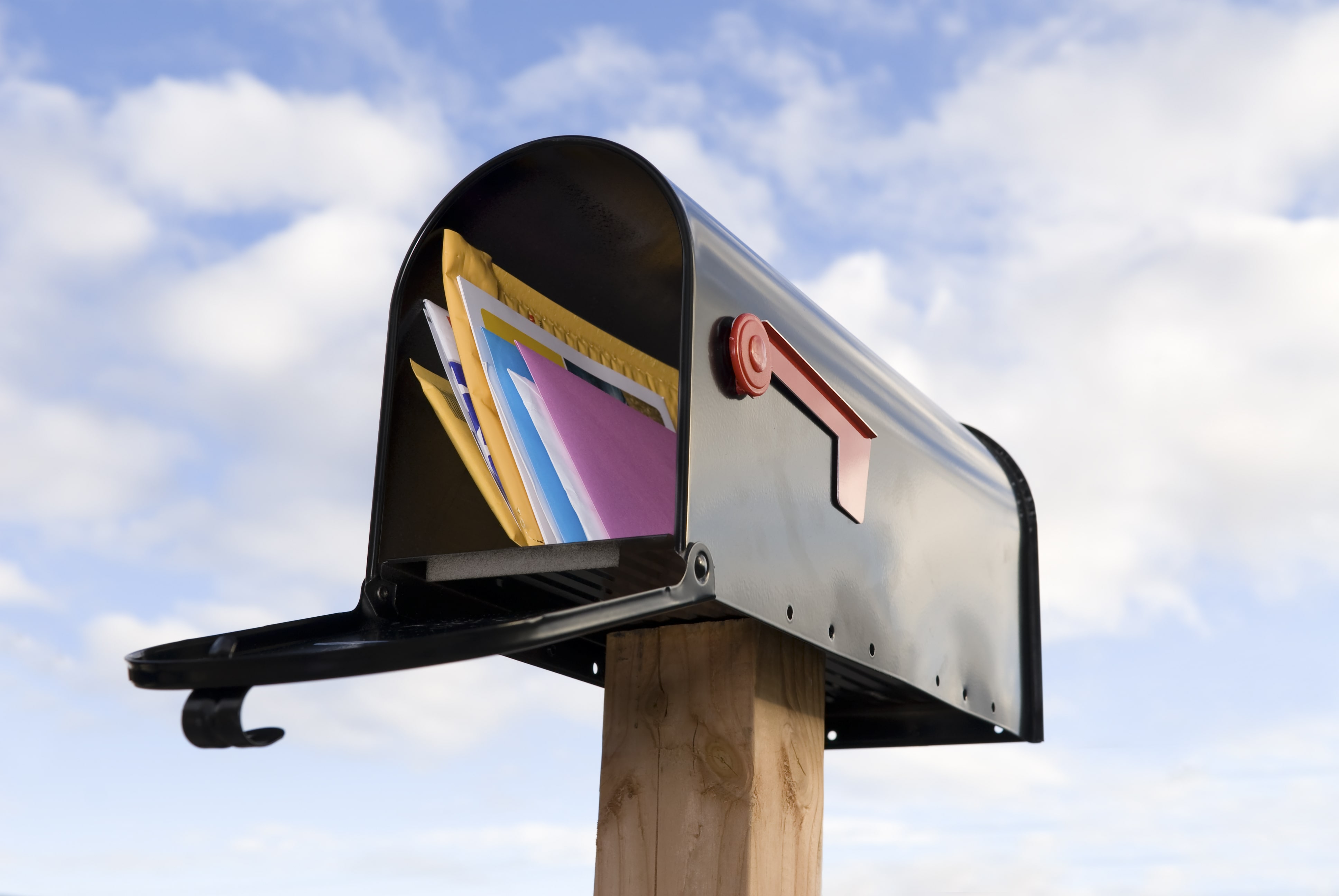Nailing Direct Mail Marketing: Letters vs. Postcards
Direct Mail Marketing Tips | 23 Dec, 2020
by Jeffery Li
Reading Time: 3 Minutes

Getting ready to start a campaign in the luxury real estate market? You might be tempted to use digital outlets only — but don’t. It turns out direct mail is still an effective marketing tactic. Firms see positive responses to this traditional method across demographics.
Two of the most popular forms of direct mail are letters and postcards. You may not need both, which begs an important question: What’s better? It all depends on your message, audience and ultimate goal.
Consider the Level of Detail
What are you saying and how much room will it take? For messages that require lots of detail, letters always win. They give you the necessary space and give off a serious vibe, showing your audience you have something important to say. For simple and concise ideas, postcards are a fantastic choice. They are easier to read and recollect than letters because they pack less info. Be sure to master your message before figuring out how to send it into the world.Get Personal
Debate rages on over whether letters or postcards are better for establishing business relationships. Postcards are obviously created and delivered in bulk, so they run the risk of seeming impersonal, like the recipient is an anonymous address-holder from a computer file. Connecting with a client may be simpler with a letter, especially if you are able to send something handwritten, or at least signed. Little touches remind prospects that a real person is on the other end of communications, striving to get their attention. Plus, letters do not look like most modern advertisements. With the barrage of ads people face, that’s a pro.Remember Looks Do Matter
The unfortunate reality of letters is that they bear resemblance to undesirable mail, like bills and other notices. If your correspondence looks like junk, it could get tossed without a second glance. On top of that, letters are more work for recipients — they have to open an envelope and take in a wall of text. Postcards are more likely to have eye-catching design and info that's easy to scan. And because they can be mailed as is, they dodge the barrier envelopes cause.Hit Your Target
How many people do you need to reach? What demographics will you be addressing? For large and diverse audiences, postcards are superior. They are easy to send and have wide appeal. For older consumers, you can get away with using mostly letters. Baby Boomers grew up with them, are used to them, and trust them. Gen Xers and millennials may enjoy the novelty of receiving a letter but are generally more attracted to bold visuals and succinct messaging. If you are specifically trying to get the attention of other businesses, though, avoid postcards. Letters look more professional and are less likely to get lost in the mail.Don’t Forget Your Purpose
There is a world of difference between reaching new people and following up with current clients. If you've already established a connection with someone, they are likely to open an envelope with your name in the return address. You are significant to that person. Even still, lengthy messages should be reserved for info that necessitates in-depth explanation. Don’t waste people’s time. The world moves too fast for that nowadays. Instead, use postcards for introductions and casual reminders. They are personable and increase brand awareness.Know the Costs
Postcards do not require envelopes and follow different postage rules, so they tend to be cheaper to send than letters. The cost disparity may seem minimal, but if you are splitting hairs to determine what to build your campaign around, this could be what settles it. Analyze your promotional needs and your response history to predict which option will have a better return on investment (ROI).Turn to the Pros
Only you can say for sure what is best for your enterprise. But there is plenty of precedent to steer you in the right direction. Lay out your mission, breaking down the core idea and audience. Decide what is most important to you — intimacy or conciseness, seriousness or boldness — and proceed accordingly.Sign up for our newsletter
Recieve direct mail marketing insights to help grow your business.
Get the latest tips sent straight to your inbox.
Sign up for our newsletter
Recieve direct mail marketing insights to help grow your business.







